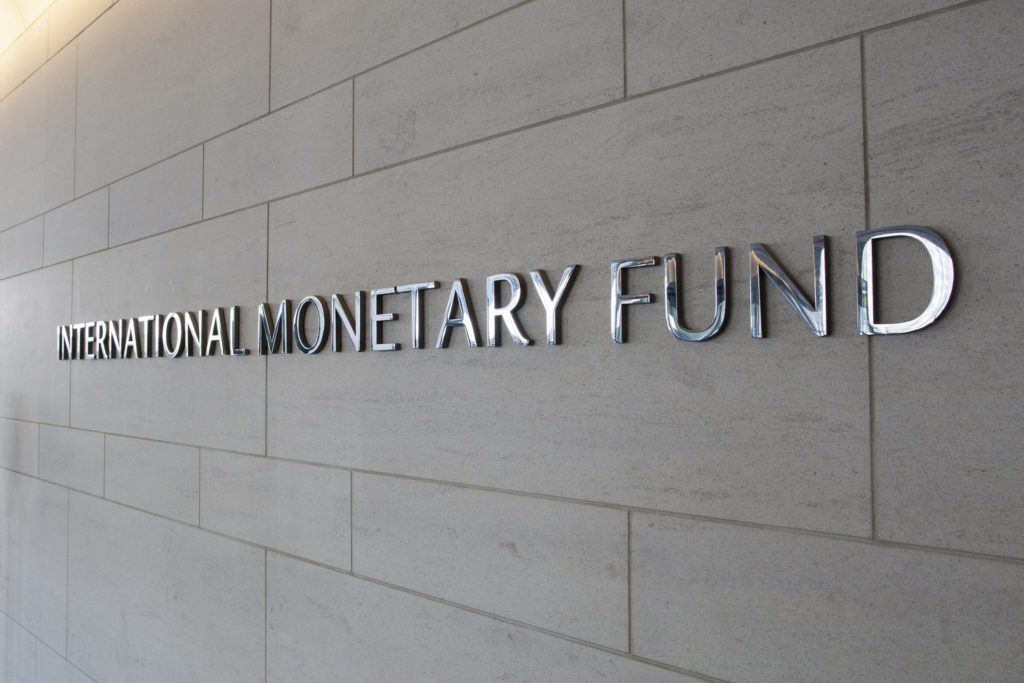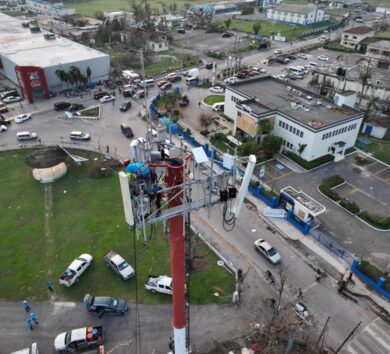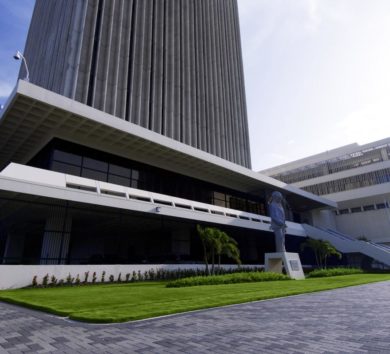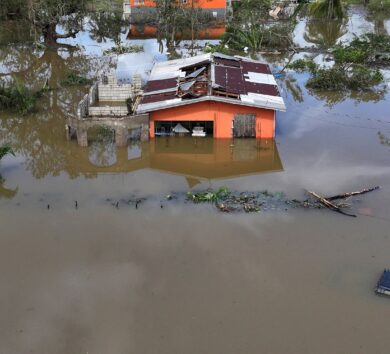
Growth is expected to decline gradually to 1.5% per year

The economy of St Lucia has recorded growth of 12.2 per cent in 2021 but the International Monetary Fund (IMF) is reporting significant challenges ahead as a result of the surge in commodity prices and supply-side bottlenecks.
The supply-side bottleneck has resulted in inflation growing to 2.4 per cent in 2021. However, inflation this year is expected to reach 6.4 per cent with output set to recover to the pre-pandemic level by 2024, as tourism returns to pre-pandemic levels.
However, thereafter growth is expected to decline gradually to 1.5 per cent per year. High public debt and large refinancing needs, reflecting large issuance of short-term instruments in recent years, pose significant challenges.
Main risks facing St Lucia
Given St Lucia’s import dependency and tourist exposure, the main risks include persistently high global food and energy prices and a resurgence of the pandemic in the main tourist source countries or locally in part due to vaccine hesitancy by St Lucians. Large rollover needs on government treasury bills and bonds in the near term imply vulnerability to liquidity pressures.
In addition, the ever-present natural disaster risk could intensify with climate change, adding to fiscal pressures.

During its Article IV assessment, which took place from May 9 – 23, 2022, the IMF says: “These setbacks compound the longstanding problems related to low growth and vulnerability to natural disasters and climate change. In addition, high public debt and large financing needs, which grew significantly during the pandemic, pose significant near-term risks.”
The IMF reports that fostering a sustainable and inclusive recovery requires the administration to simultaneously address fiscal and financial sector constraints to public and private investment. In the near-term, fiscal support should be provided through spending reprioritisation to mitigate the social impact of price pressures.
On current policies, the IMF says public debt is projected to remain close to 90 per cent of gross domestic product in the medium term, which would not provide sufficient fiscal space for social spending and infrastructure investment. The difficult fiscal outlook and an uncertain external environment, could lead to persistently high interest rates on government debt.
The IMF is further reporting that interest rates on bank credit will remain high and private investment will slow. Medium term potential growth would remain low, estimated at one to two per cent per year.
According to the IMF, “strengthening financial intermediation would improve private sector access to bank credit. Growth and competitiveness could be supported by increasing investment in resilience and insurance coverage of natural disasters, addressing labor market mismatches through training programmes, strengthening energy security while lowering energy cost with renewable sources, and supporting economic diversification”.







Comments